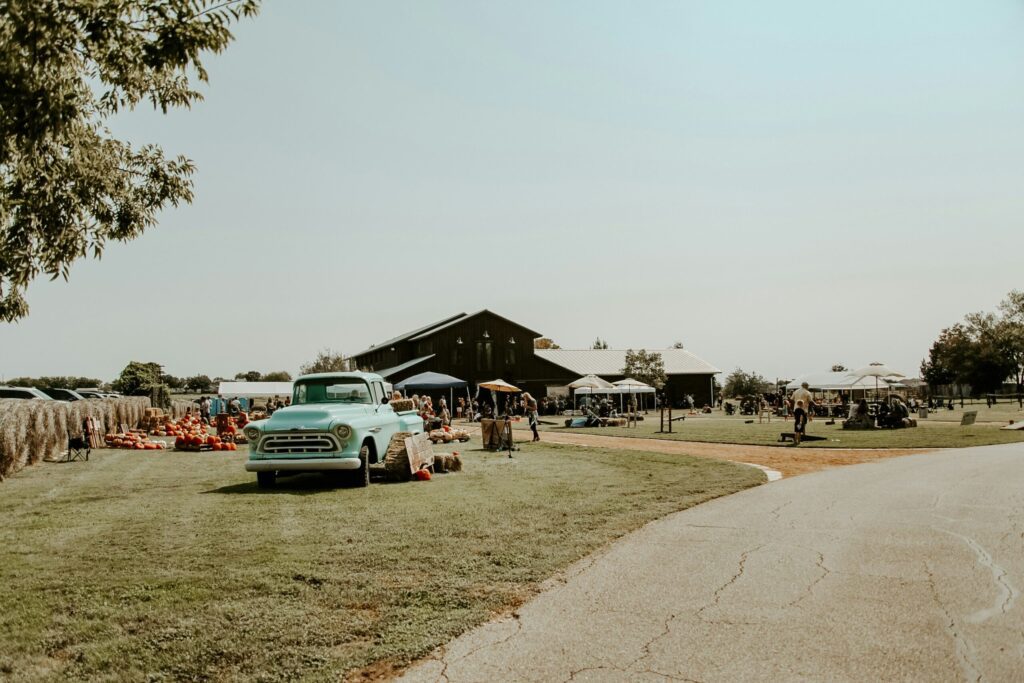In the summer of 1969, a groundbreaking event took place that forever reshaped the landscape of music and culture. The Woodstock Music & Art Fair, held from August 15 to 18 in Bethel, New York, brought together more than 400,000 people for an unforgettable experience. This iconic festival wasn’t just a musical gathering; it became a powerful symbol of the 1960s counterculture, uniting people in the spirit of peace, love, and freedom during a time of societal upheaval.
A Revolutionary Gathering
Woodstock was much more than a festival—it was a defining moment for the ’60s generation. The event, billed as “An Aquarian Exposition: 3 Days of Peace & Music,” attracted a crowd far larger than anticipated, with an estimated 400,000 people descending on a rural farm in Bethel, New York. Despite the overwhelming turnout and the lack of infrastructure, the festival became a symbol of unity and rebellion against the turmoil of the era, which included the Vietnam War, civil rights struggles, and political dissent.
Legendary Performances and Cultural Impact
One of the most unforgettable aspects of Woodstock was its stellar lineup of musicians, many of whom were at the height of their careers. Iconic performances by Jimi Hendrix, Janis Joplin, The Who, and Crosby, Stills, Nash & Young left an indelible mark on music history. Jimi Hendrix’s rendition of “The Star-Spangled Banner,” delivered in the early hours of August 18, remains one of the most iconic moments in rock music. His electrifying guitar performance, full of distortion and feedback, embodied the tensions of the time, blending protest with patriotism.
The festival also showcased the musical revolution that was unfolding in the United States. From Janis Joplin’s soulful, raw vocals to The Who’s energetic rock anthems, each performance exemplified the diversity and intensity of the ’60s music scene. Woodstock was a melting pot of sounds, from folk to rock to psychedelic, creating a once-in-a-lifetime experience that resonated with both attendees and artists alike.
The Challenges Behind the Scenes
While Woodstock was a triumph of cultural significance, it wasn’t without its challenges. The festival’s organizers were unprepared for the massive crowds, leading to overcrowding, food shortages, and difficult living conditions. The site was a muddy field, and rain added to the discomfort, but these hardships only added to the legend of Woodstock. The spirit of peace and camaraderie prevailed, and attendees embraced the chaos with a sense of unity. The logistical chaos also reinforced the notion that the festival wasn’t just about music—it was about something larger: a movement that rejected the norms and embraced an idealistic vision of freedom and connection.
Lasting Legacy and Influence
Woodstock’s influence extends far beyond the festival itself. It marked the end of the counterculture era of the 1960s and paved the way for the musical revolution of the 1970s. The event’s ethos of peace, love, and music became an enduring symbol of the era’s hopes and struggles. Artists like Jimi Hendrix and Janis Joplin saw their careers rise to even greater heights after the festival, and their legacies continue to influence musicians today.
Woodstock’s cultural impact is still felt in the way modern music festivals promote unity, freedom of expression, and inclusivity. Its focus on artistic freedom and social change made it a touchstone for subsequent generations of musicians, and its ideals continue to inspire activism, creativity, and social consciousness within the music world.
In conclusion, the Woodstock Music & Art Fair of 1969 was not just a music festival; it was a cultural milestone that shaped the future of music, activism, and society. Woodstock will always be remembered not just for its music, but for its profound message of peace, love, and unity that continues to echo through the decades.


